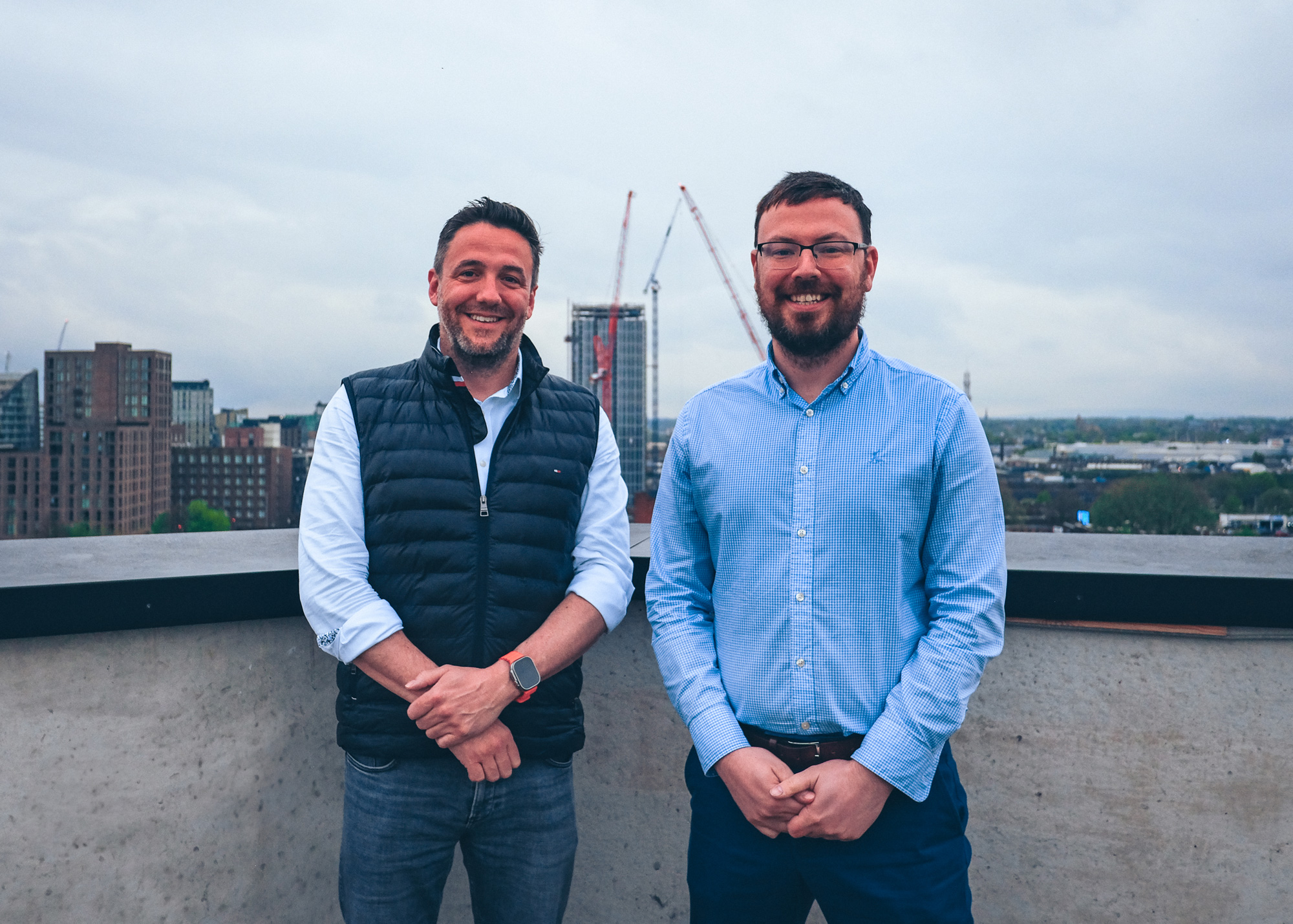Why is communication so important? In any industry, working in silos is detrimental to productivity. With every team working independently from the other and with different methods, it’s inevitable that mistakes are made or work slows down.
In construction, effective communication is especially vital. Workers in the field need to know of any changes to the schedule or project spec, whilst the office needs to know about any problems or changes on-site to ensure a smooth workflow. All teams are dependent on each other for concise, accurate information.
“The single biggest problem with communication is the illusion that it has taken place.” George Bernard Shaw
This can be particularly difficult between the two groups of field and office workers, because of the physical barriers that come with working in different, often remote locations.
Poor communication can result in:
- Inadequate substantiation for a payment claim.
- Costly rework as a result of mistakes, or poorly communicated changes to the project scope.
- Loss of data for future planning and business evaluation.
- Scheduling conflicts and delays.

The cost of poor communication can be significant. So, what can be done to bridge the gap between field and office?
Chances are, you’ve already implemented some way of trying to improve, such as Whatsapp, more paper forms, or Excel. But these solutions aren’t built for purpose and can’t fix the problem - in fact in some cases, they might make it even worse:
- Do they notify you that you need to submit a missing form?
- Is it easy to search back and find a specific piece of information from a certain day, shift and location?
- Are they presented professionally so you can show them straight to a client?
But don’t despair – you can have it all! We’ve put together this guide of 7 ways to improve your workplace communication:
- Establish A Chain Of Communication
- Adopt Standardised Technology
- Introduce Real-time Reporting
- Make Sure Your Solution Is User-friendly
- Use Photos & Video To Explain Complex Issues
- Get On The Cloud
- Maintain Continuous Training & Feedback
1. Establish A Chain Of Communication
Who needs to know?
For each project, you should map out who the key points of contact are, what they need to know about, and when. By building this map of communication and making it available to everyone, they’ll know exactly who they need to loop into conversations and updates
And don’t forget the why. If you make it clear to your staff what the impact is of missing out a particular individual or department, they’re more likely to remember when the time comes.
2. Adopt Standardised Technology
On a construction site in particular, everyone has their own preference and unique way of doing things. And it can be hard to break that habit. It’s what makes sense to them and they all think that their way is best.
But this is a surefire way to make sure your project information gets lost. If you have no set process or platform your data will be scattered, delayed in reaching the right people, and presented in a myriad of different formats. It’s administrative anarchy!
You need everyone to be singing from the same hymn sheet, and standardized technology is the way to do that. In some of the other points, we’ll cover how best to introduce this technology and overcome any pushback.
3. Introduce Real-time Reporting
Any solution you implement should prioritise real-time notifications. Imagine how it could improve productivity if your office staff could see the reasons for delays or changes as they happen - so they can react quickly and mitigate impact.
For more detail about the benefits of real-time reporting, try our blog post:
4. Make Sure Your Solution Is User-friendly
Introducing new technology to your workforce can be difficult. You’re asking them to change the way they’ve always done things, and it’s possible that they’ve been burned before with complex, awkward tech.
Finding a solution that is intuitive and useful for every different user role seems like an impossible task, but it isn’t. The key is to seek out software that is customisable. So, each user only sees what is relevant to them, and no one gets bogged down or confused by an information overload.
5. Use Photos & Video To Explain Complex Issues
Not every issue or task can be clearly explained with words alone. Photo and video adds clear context for the staff not based on-site, who can’t see it for themselves.
It’s important that field staff document their work with photos and that those photos are clearly linked to the corresponding shift report. Messaging platforms like whatsapp don’t allow for that crucial context, so workers often have to spend time uploading, organising and sending media separately after a shift.
6. Get On The Cloud
A central, secure storage platform for your data means that everyone can access the information they need, when they need it. You no longer have to worry about your data getting lost, spread across multiple devices and platforms, if it’s all backed up in a centralised location.

7. Maintain Continuous Training & Feedback
Implementing a new business process can go awry if clear goals and timelines are not laid out from the beginning. A cohesive training plan with universally agreed milestones will help make sure all staff, field and office, are on board and comfortable with the change. A particularly effective way of doing this is by appointing an ambassador within each team, who knows the product well and can champion it among the workforce.
Equally important is keeping the opportunity for feedback open. You should encourage your workforce to raise questions, concerns or issues at every step in the process.
Conclusion
To conclude, by simply focusing on improved communication between the field and office, you can:
- Increase profitability
- Improve workforce relations
- Save workers time on fixing errors, typing up, organising and reformatting data.
- Build a catalogue of useful project data.
If you’re now thinking - sounds great, but how? What solution is there that encapsulates all of these factors?
Start Saving Today
Book a call with one of our product specialists today to find out more.





